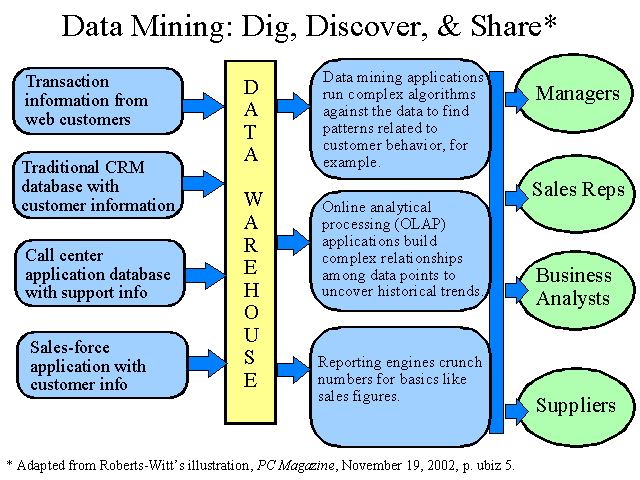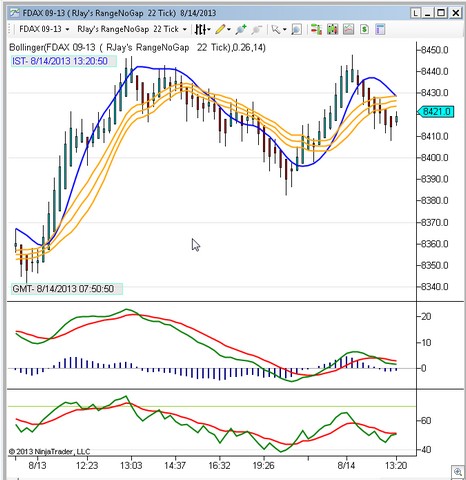Contents:


The answer to that question really depends on your business and what makes the most sense for you. Markup is one of the most important calculations you can do as a small business and is essential for calculating initial pricing levels on any product or service your business offers. Before we discuss margin and markup, take a minute to familiarize yourself with the following accounting terms. However, it excludes all the indirect expenses incurred by the company.

And when you’re competing for the top accountancy and bookkeeping roles, how do you stand out? If I hadn’t came across your website 6 years ago I would have scrapped the idea of running my own construction business entirely. I knew that you were onto exactly what I needed to hear when I first started reading your website. Thank you for being the light at the end of the tunnel for me. I truly look forward to each and every one of your newsletters. I have read Profitable Sales and Markup & Profit several times and browse them often.
Profit Margin vs. Markup: What’s the Difference?
Utilizing volume discounts is a wonderful strategy to reduce the cost of materials. You are more likely to receive discounts if you order more products from a supplier all at once. Instead, you might decide to look for a less expensive supplier. Since the margin is calculated from the seller’s perspective, the markup will never be greater than the margin. Using your gross margin as a baseline makes it easier to predict profitability.

If not, you should calculate the discrepancies that resulted from using the wrong formula and make the necessary adjustments as soon as possible. The most important thing to understand when comparing margin vs. markup is that while they have similar purposes, the calculation method has significant differences. I understand that the data I am submitting will be used to provide me with the above-described products and/or services and communications in connection therewith. In the same way, if you want to know what markup to use to obtain a given gross margin, the following equation will help. So in this case we need to sell each hinge for £23.80 in order to have enough money to cover the £17’s worth of manufacturing costs and make 40% profit which is £6.80. The easiest method to use is to calculate 1% first and then scale that up to 40% to tell us how much profit we will make, and to 140% to calculate the required selling price.
What’s the Difference Between Markup and Profit?
The formula for converting margins to markups is similar with one key difference. Instead of adding 1 to our markup, we are subtracting our margin from 1. Is what you get when you subtract your COGS from your revenue. In other words, this is what is left over once you pay the expenses of making your products or providing your services. Our tutorial on markup vs margin gives full details about how to convert from markup to margin and the use of the cost multiplier. You’ve well explained the difference between markup and margin.
Our labor force participation rate calculator helps you to assess the active labor force within an economy. Therefore, you must provide your staff with the resources they need to fully understand the implications behind both and the best practices of using them. Let’s say we manufacture hinges and it costs us £17 to make one. There are some promising headlines but they come with caveats.
Margin is the selling price of a product minus cost of goods. Using the above example, the margin for a product sold for $200 with a cost of $110 would be $90. The list price is a seller’s advertised price, or asking price, for a home. It is a rough estimate of what the seller wants to complete a home sale. … The sales price is the actual amount a home sells for. Markups are a legitimate way for broker-dealers to make a profit on the sale of securities.
What is a margin percentage?
Try our cash flow from operating activitiesroll software in a free, no-obligation 30-day trial. The markup is 33%, meaning you sell your bicycles for 33% more than the amount you paid to produce them. The margin is 25%, meaning you keep 25% of your total revenue. You spend the other 75% of your revenue on producing the bicycle. Basically, your margin is the difference between what you earned and how much you spent to earn it.
Just like you could say a glass is half full or half empty, the difference is all about perspective. It starts with deciding on how to https://1investing.in/ your products . Whether you buy your products in bulk, or if you buy them from different vendors at different prices. However, once you have a system in place to figure out the cost (a.k.a. cost of goods sold or your purchase price), you can use your cost to calculate your price. How do you determine the selling price of a small business?
Clients are being penalised due to software issues with HMRC’s online filing system Accountants discuss the tax miscalculations – and headaches – being caused by software issues. To further display the difference between margin and markup, let’s use the same example as we did above. We have a product selling for $250 with a cost of goods sold of $75. Both a margin and a markup analyze the profit made after the sale of a product or service. A margin focuses on the revenue of that sale, while a markup focuses on the cost.
Offshore energy battle looms over ‘must pass’ defense bill – Roll Call
Offshore energy battle looms over ‘must pass’ defense bill.
Posted: Thu, 03 Nov 2022 07:00:00 GMT [source]
Consider having the internal audit staff review prices for a sample of sale transactions, to see if the margin and markup concepts were confused. If so, determine the amount of profit lost as a result of this issue, and report it to management if the amount is significant. Markup is the percentage amount by which the cost of a product is increased to arrive at the selling price. The reason for the simplicity of this approach is that the markup percentage is set according to what is common in the industry, habits of the company, or rules of thumb. Besides, the price depends only on the markup and the cost of the unit.
Software & Services
The margin is the distinction between revenue and cost of products sold. The actual profit made from the sale is determined by the profit margin. The difference between sales and the cost of the items sold is represented by the margin. Based on these calculations, how do we determine the selling price given a desired gross margin? The most accurate way to calculate both margin and markup is to use accounting software, which makes it easier to track sales revenue and product costs.
Whether your business is a global enterprise or a local boutique, you likely deal with markups and margins every day. They are both key accounting terms—but many small business owners confuse markup vs. margin. Understanding the differences can help you make more informed decisions about your business’s performance and how to set the right prices.

As a thumb rule, the markup percentage must always be higher than the margin percentage; else, you are making losses in the business. Understanding the difference between profit margins and markups is instrumental in strategically pricing your products and/or services for maximum earning potential. If you’re not familiar with these accounting concepts, you could be losing out on thousands in potential revenue.
- Of course, another factor that can have major implications for your business performance is the point of sale platform you use for your business management needs.
- Gross profit margin can help to determine how successful a company is at any given time.
- Trade on margin refers to businesses borrowing money from brokerage firms to conduct trades.
- On the other hand, cost price is considered as the base for the calculation of markup.
The important thing is that you pick one method and stick to it. Your markup is always bigger than your margin, even though they refer to exactly the same amount of money. Margin and markup are two different ways of looking at your profit on a sale. Mary Girsch-Bock is the expert on accounting software and payroll software for The Ascent.


